This blog has been updated on - July 19, 2023
Getting familiar with the major types of data analytics is crucial once you decide to initiate data-driven operations.
Industries currently benefiting from big data analytics and insights the most are using custom software solutions and tools per their business needs.
The BFSI sector remains the topmost contributor to business intelligence and market share, followed by the healthcare, agriculture, real estate, and telecom segments.
So, what are the different types of data analytics, and why do businesses need to know them? Let's unveil the answers for you.
Table of Contents:
What is Data Analytics?
Data analytics involves analyzing datasets to find trends, variations, and patterns that can influence your business decisions. It uses big data techniques to drive insights that help experts identify future risks and mitigate them in advance.
It is related to business analytical tools but different. Unlike BI software, which retrieves data from systems and collects it in a pool or warehouse, data analytics works differently.
Business analytics can be as simple as a spreadsheet with a statistical function or as complex as a sophisticated data mining tool. In contrast, data analytics is more about accessing, managing, and analyzing information for improved business decisions.
Ideally, companies would use their data to derive value from them. Such data includes web servers, log files, customer, financial, sales, and transactional data.
Businesses can use tools to determine the future trends of big data analytics and apply them in strategic decision-making. These are usually referred to as BI tools or business intelligence tools.
Recommended Reading:
4 Types of Data Analytics for Business
The major types of data analytics work simultaneously and are interrelated. Four data analytics types are typically segregated and implemented in stages.
Each type of big data analytics serves a particular purpose and is equally essential to others. Most organizations use more than one type of data analytics to drive insights and business growth.
Let's discuss them one by one.
Descriptive Analytics to Know, What Happened?
Descriptive analytics is usually the first type of data analysis that explains what happened recently and in the past. Both data mining and data aggregation practices are applied for this.
This analytics type divides data into smaller units and is an organization's standard tool. It concerns what has already occurred and derives insights from various sources.
For example, tracking assignment grades, collating survey results for sales and marketing analytics, or identifying the time to complete an assignment.
However, such data insights need to clarify why those things happen.
Hence, if an organization has the resources, experts suggest conducting descriptive analysis with other types of data analytics. Whether this is done in-house or by professional data analysts, it is up to the companies.
Diagnostic Analytics to Understand, Why Did It Happen?
Diagnostic analytics aims to answer why something happened during a given timeframe.
Doctors can use data analytics in healthcare to diagnose various symptoms and diseases based on a patient's medical history. Many hospitals rely on this type of big data analytics to detect a sudden spike in infected patients.
Techniques used for diagnostic analytics include data mining, data discovery, and data drill-down.
Predictive Analytics to Predict, What May Happen in the Future?
You can't look into a crystal ball to predict the future as they only exist in fiction. But fortunately, we've got predictive analytics as an ideal trick to do it.
Predictive analytics breaks down past information to help businesses make practical guesses about what could happen in the future. That helps analysts to:
Plan effectively,
Set practical goals,
And restrain expectations.
Big retail brands such as Amazon and Walmart utilize predictive analytics for risk management & analysis to identify trends and forecast customer behavior. They also adjust inventory levels to offer customized product recommendations and predict sales.
Techniques for predictive analytics include machine learning, data mining, data modeling, artificial intelligence, and deep-learning algorithms.
Prescriptive Analytics to Define, What Will Be the Best Action Plan?
Prescriptive analytics helps managers take the best course of action given various choices. It emphasizes actionable insights that they can't gather from data monitoring. It can even measure the effects of a business choice based on various future scenarios.
Prescriptive analytics is considered the "final" step in business analytics. It collects data from both descriptive, predictive, and prescriptive sources. Moreover, it's built into most contemporary business intelligence (BI) tools.
For example, Youtube uses prescriptive analytics to offer a customized viewing experience.
Techniques for prescriptive analytics include algorithms, computational modeling, business rules, and machine learning.
Future-proof your business with predictive data analytics and insights services at BluEnt.
View Case StudiesBenefits of Big Data Analytics Types for Business
Big data implementation and analytics can benefit your business in the long term.
Companies can try out different types of data analysis techniques for some significant reasons, and here are they:
Improved Customer Service
Data analytics adds value to CRM software, enhancing customer support and experience.
Customer relationship managers use specific features to get relevant data insights based on consumer information. It helps them share personalized messages and promotional ads while interacting with users via emails and social media.
For instance, data analytics improves the quality of eCommerce customer services with personalized social media campaigns and product recommendations.
More Efficient Marketing
Companies can run effective marketing campaigns in the long run with descriptive, prescriptive, and predictive data analytics.
Many retailers even leverage mobility and big data in sales and marketing to run result-driven campaigns promoting their brands or products based on customer interests.
Streamlined Operations
Analytics can improve workforce productivity with easy tracking and management of employee performance.
Leveraging data analytics and its types is the cherry on the top for companies already using modern BI solutions for business automation. They can hire expert data analysts to collaborate with teams to speed up the workforce's in-house operations and productivity.
Better Decision-making
Most business enthusiasts recommend using predictive analytics for risk management and intelligent decision-making.
Predictive analytics plays a crucial role in supply chain management. Professionals use insights based on current and upcoming market demands to optimize the inventory more efficiently.
Similarly, hospitals use predictive analytics in healthcare management systems to make the right decisions with patients' medical needs.
Why Choose BluEnt for Big Data Analytics and Business Solutions?
While the types of data analytics are often implemented sequentially, it is optional to do so. For example, organizations can go ahead with prescriptive analytics.
Analyzing the data from your websites, machine logs, and social networks enhances your ability to make better business decisions. No denying using data analytics can help you generate greater profits and achieve goals.
You can get BluEnt's experts to complete this job if you're looking for accurate, comprehensive insights. Our analysts will ensure your decisions are based on the latest and most reliable information. We've covered you, whether predictive analytics or big data solutions.
Our enterprise data management service offerings include big data management, big data analytics and insights, big data implementation, and predictive analytics.
We serve Fortune companies, SMEs, and funded startups worldwide and have completed 1110 projects. Please look at how we've helped them achieve their goals here.
To bring the benefits of data analytics to your business, contact us now!
Frequently Asked Questions
How to implement different types of data analytics in business?
Following are the key steps to apply significant types of business analytics:
Understanding business problems: Defining goals, problems, and planning solutions are all part of the first step of data analytics.
Collecting data: Up next is collecting customer information and transactional data. That will help you address the current challenges your business is facing.
Cleaning data: The data you have gathered so far will be disordered. This step involves removing redundant, unwanted, and missing values from your data to prepare it for analysis.
Exploratory data analysis: This step uses BI and data visualization tools, data mining, and predictive modeling.
What are the challenges or limitations of predictive analytics?
You might face specific challenges while implementing predictive analytics in your business. Here are a few of them:
It needs expertise: Companies must hire professional data scientists to perform predictive analysis. They are skilled at statistical modeling and other technical data analytics and insights.
It limits actions against risks: Companies wanting to leverage predictive analytics are bound to forecast risks only. They can get insights and predict future happenings or challenges but can't take action against them.


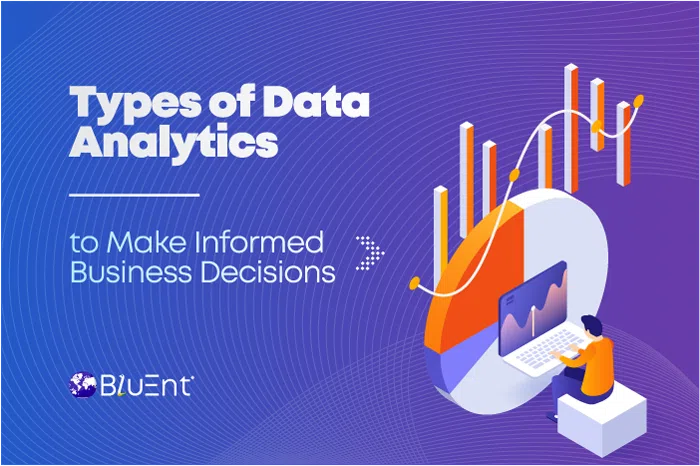
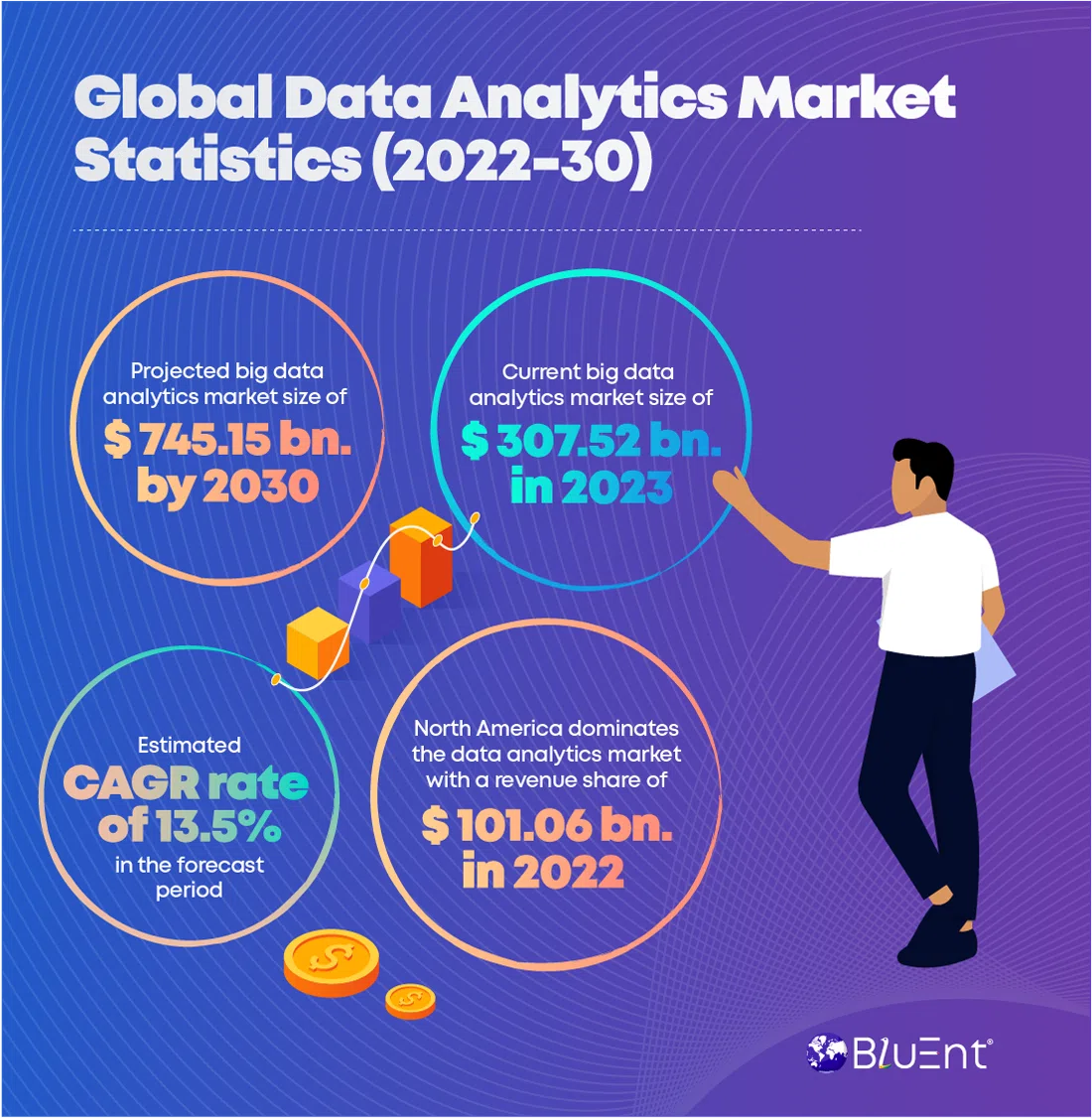
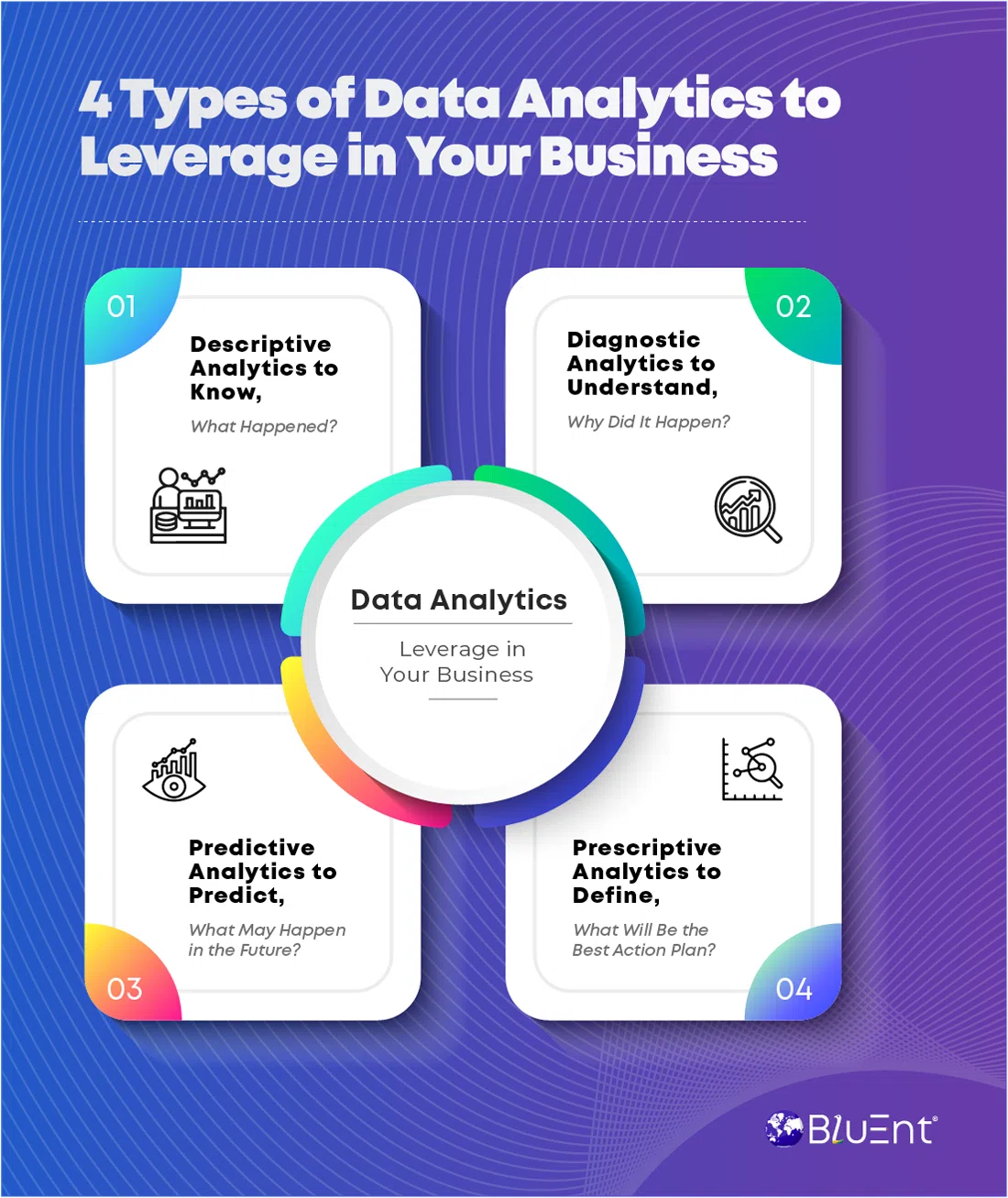

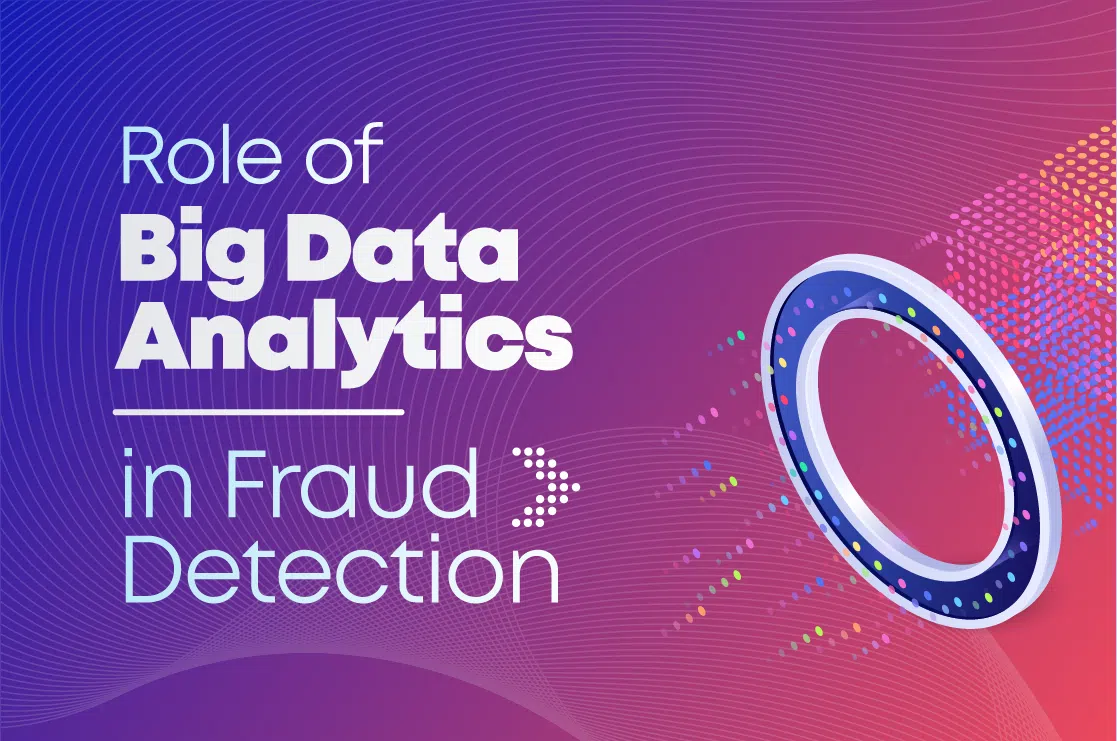 Fraud Data Analytics: How to Detect and Prevent Fraud Using Data
Fraud Data Analytics: How to Detect and Prevent Fraud Using Data 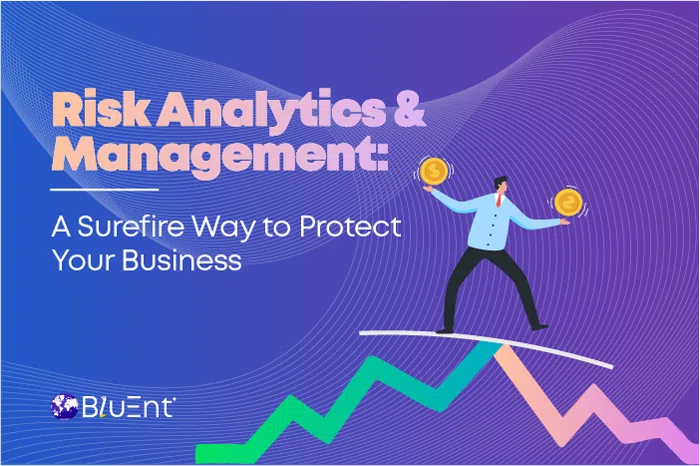 Risk Analysis & Management: A New Approach to Managing Business Uncertainty
Risk Analysis & Management: A New Approach to Managing Business Uncertainty 